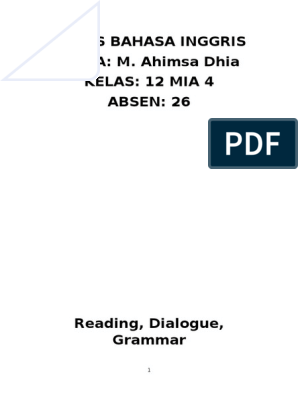0% found this document useful (0 votes)
37 views4 pagesSummarize General Purpose Notes
The document provides an overview of subject-verb agreement rules and examples, the present perfect and past perfect verb tenses including their functions and usage, and information about adjectives and adverbs including their functions and placement.
Uploaded by
aayishasiddiqaabdulhalimCopyright
© © All Rights Reserved
We take content rights seriously. If you suspect this is your content, claim it here.
Available Formats
Download as DOCX, PDF, TXT or read online on Scribd
0% found this document useful (0 votes)
37 views4 pagesSummarize General Purpose Notes
The document provides an overview of subject-verb agreement rules and examples, the present perfect and past perfect verb tenses including their functions and usage, and information about adjectives and adverbs including their functions and placement.
Uploaded by
aayishasiddiqaabdulhalimCopyright
© © All Rights Reserved
We take content rights seriously. If you suspect this is your content, claim it here.
Available Formats
Download as DOCX, PDF, TXT or read online on Scribd
/ 4























































































